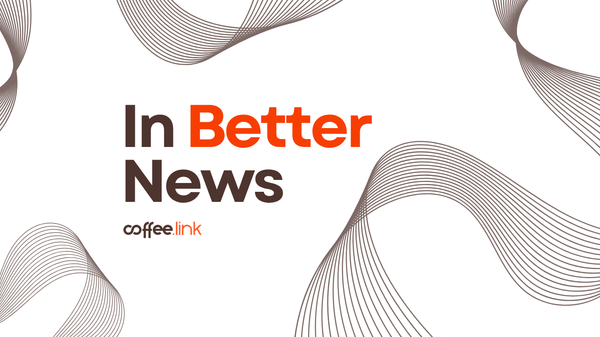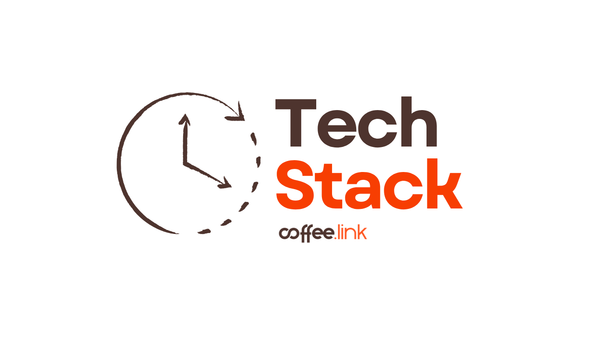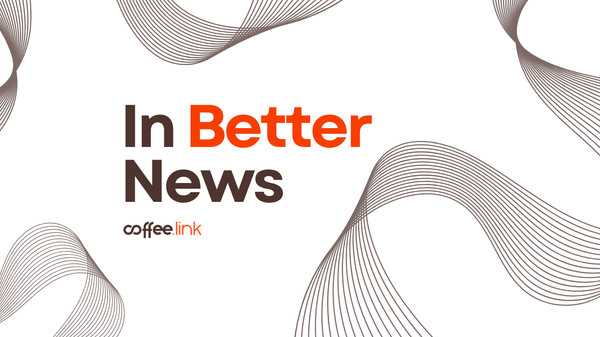Ever wondered what the difference is between a Mac and a Dell Windows Laptop? It's the cohesion of and control over the design of the product.
Apple's approach to bringing stuff in-house is systematic. It started in the early days by building hardware and software hand-in-hand and recently culminated in switching from Intel-designed CPUs to in-house ARM processors. "What's their next target?" you might ask. Our guess is a) replacing Qualcomm's 5G chips with Apple-designed 5G modems and b) switching from third-party display panels (like the OLED iPhone panels from Samsung) to in-house designed micro-LED displays.
A resemblance can be found between a Tesla and a VW. While VW still relies on tech from Mobileye for driver assistance features, Tesla cut ties with Mobileye in 2016 and decided to take control over all aspects of the design process of its cars, step by step.
Proprietary vs. Standard
Keeping tabs on design does not equal making tech proprietary. Frequently, standardization and creating an open, free-to-use standard produce a better result. In the tech industry, there are several examples where open standards have led to widespread adoption and innovation. Take USB, for instance; it became the ubiquitous standard for connecting devices because it was open and widely adopted, leading to a vast ecosystem of compatible devices and accessories.
Design Control and User Experience
When a company controls the entire design process, it can fine-tune the user experience to an unprecedented level. Apple’s seamless integration between macOS and its hardware is a testament to this. The hardware and software are designed to work together from the ground up, resulting in a smooth, reliable, and often more enjoyable user experience. In contrast, a Dell Windows laptop relies on the Windows operating system, which must be compatible with a wide range of hardware configurations from various manufacturers, sometimes leading to less optimal performance or user experience.
Tesla's approach to car design is similar. By controlling both the hardware and software, Tesla can push over-the-air updates to improve vehicle performance, add new features, and enhance safety. This level of integration is difficult to achieve when different companies control different parts of the product.
Innovation and Flexibility
Having in-house design capabilities also allows companies to innovate more rapidly. Apple’s shift to ARM processors with its M1 chips is a prime example. By designing their own processors, Apple was able to achieve significant performance gains and better power efficiency compared to the Intel processors they previously used. This would have been much harder to accomplish if they were dependent on external suppliers for their CPUs.
Tesla’s development of its own AI chips for autonomous driving is another example. By not relying on external suppliers, Tesla can iterate more quickly and tailor its hardware to its specific needs, potentially gaining a competitive edge in the autonomous vehicle market.
Challenges of In-House Design
However, bringing everything in-house is not without its challenges. It requires significant investment in R&D and a deep pool of talent. Not all companies have the resources to design and manufacture their own components. Additionally, focusing too much on in-house solutions can lead to insularity and the risk of missing out on innovative technologies developed by external suppliers.
Our take
In conclusion, the main difference between a Mac and a Dell Windows laptop, or a Tesla and a VW, often boils down to the level of control the company has over the design and production process. While Apple and Tesla have shown that in-house design can lead to superior integration and innovation, it’s important to recognize that this approach is not the only path to success. Standardization and collaboration with external suppliers also play crucial roles in the tech industry, fostering innovation and ensuring that technology is accessible to a broader audience. Ultimately, the best approach depends on the specific goals and resources of the company in question.
Disclaimer: The information provided on coffee.link is for general informational purposes only and should not be considered as professional financial advice. The content presented on this website is not intended to be a recommendation to buy or sell any stock or investment product. The author of this article may hold positions in some of the stocks mentioned. Readers are advised to do their own research and consult with a licensed financial advisor before making any investment decisions. coffee.link and the legal entity behind it (Task Venture Capital GmbH) does not guarantee the accuracy or completeness of the information presented and is not responsible for any losses or damages that may arise from relying on this information.








